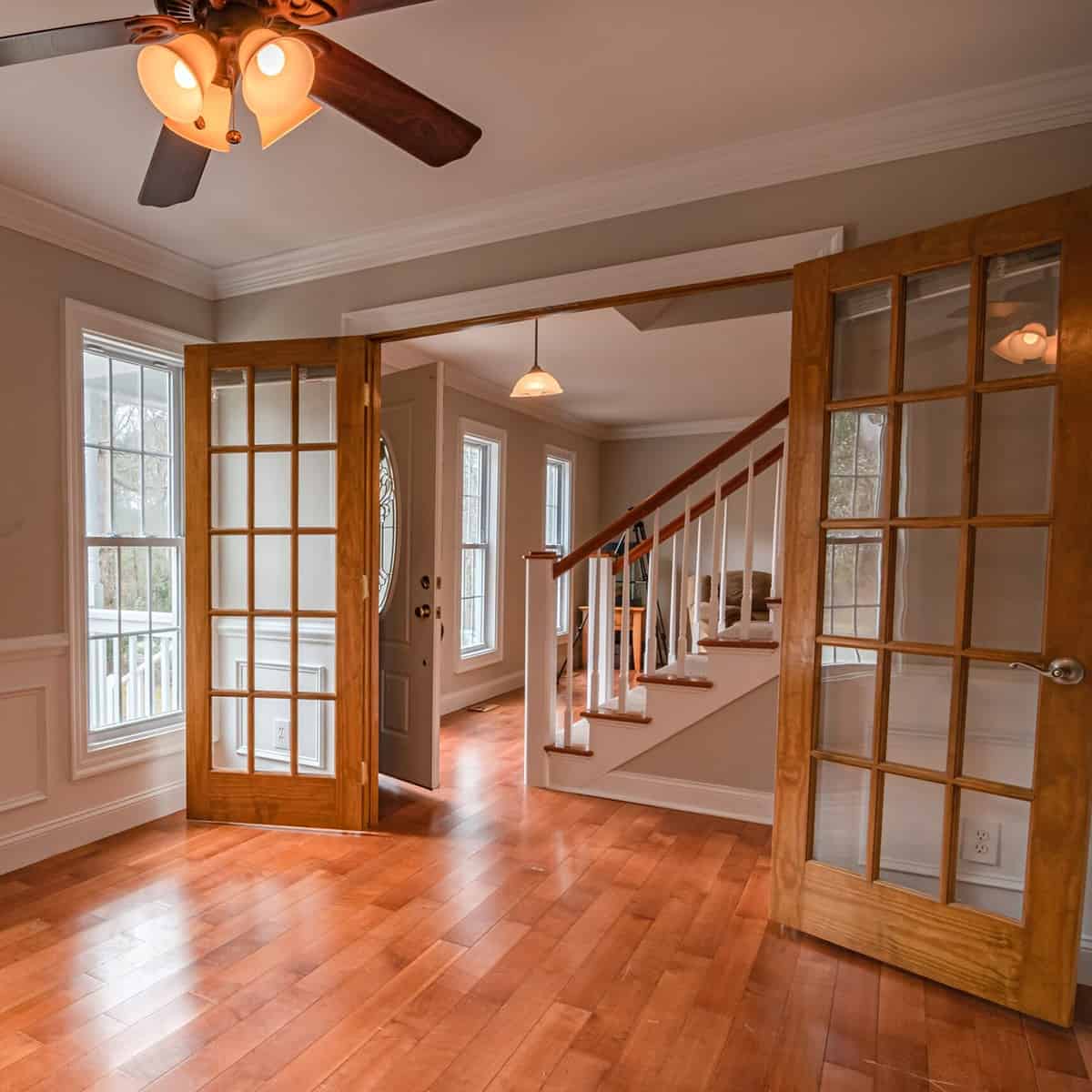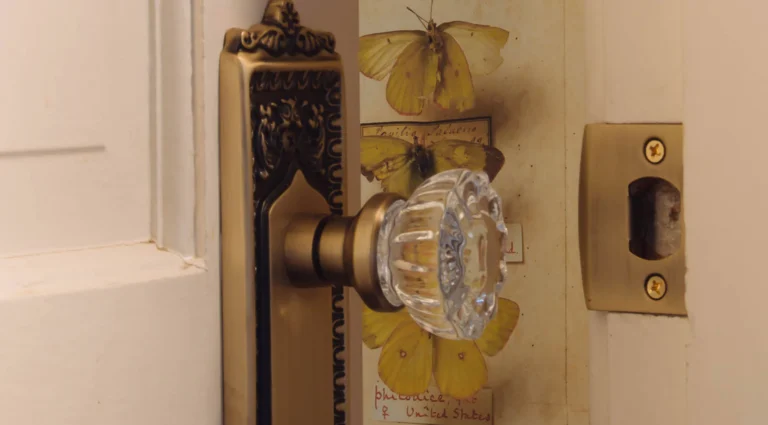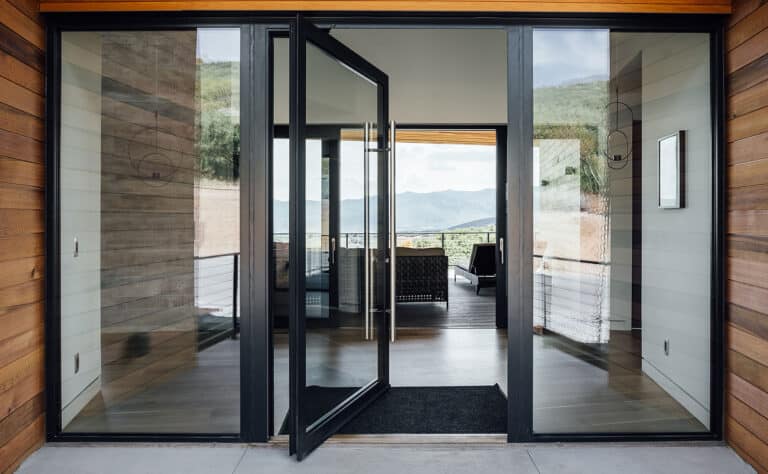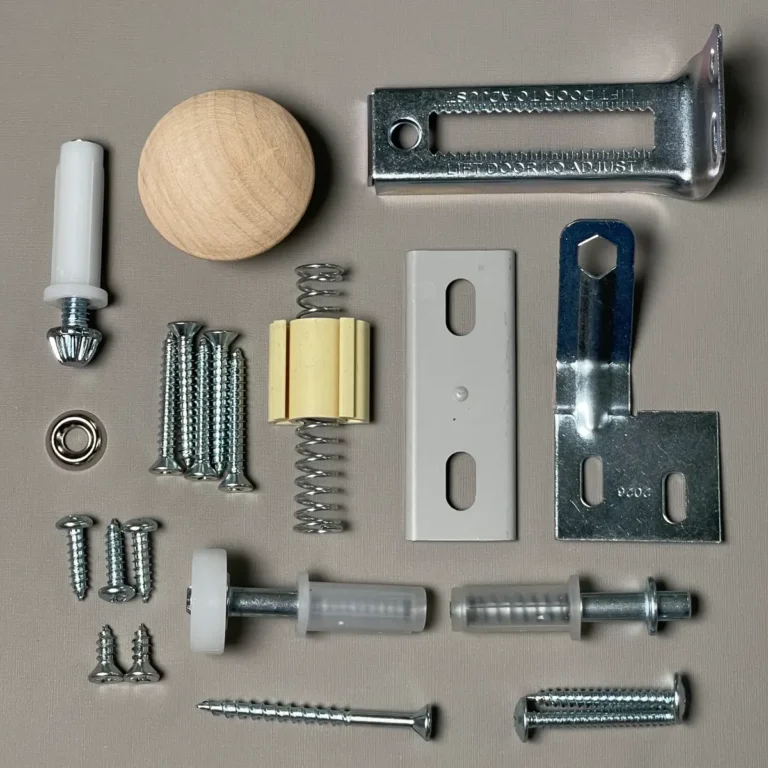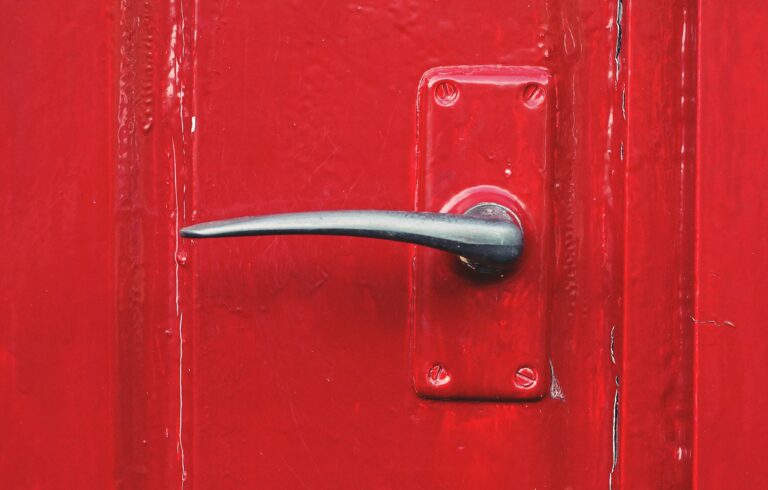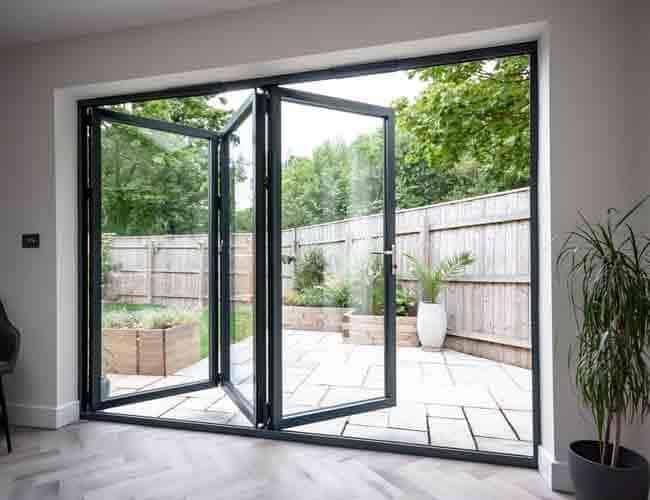Wood Doors
For centuries, wood doors have been a favored choice of homeowners, builders, architects and designers alike for their classic aesthetic and adaptability to different home designs. These doors have timeless appeal and versatile nature, making them an ideal option for various styles of homes and buildings. In this comprehensive guide on wood doors, we will delve into the fascinating world of these essential architectural elements.
Table of Contents:
- History of Wood Doors
- Benefits of Wood Doors
- Understanding Wood Doors
- Species of Wood Doors
- Veneer Cuts for Wood Doors
- FAQs in Relation to Wood Doors
- Conclusion
History of Wood Doors
Wood doors have been a staple of architecture for millennia, with the earliest known specimens originating from ancient Egypt. Throughout history, wood has remained a popular choice of material for door construction due to its durability and aesthetic appeal.
The Romans were some of the first to make use of wood doors in their homes and public buildings. They developed techniques such as mortise-and-tenon joints that are still used by modern craftsmen today. During the Middle Ages, wood doors crafted from hardwoods such as oak, walnut and mahogany were often adorned with intricate carvings of religious symbols or scenes.
These designs often included intricate carvings depicting religious scenes or symbols related to a particular faith or culture. Wood continues to be a popular choice for door fabrication, being utilized in many modern designs.
Benefits of Wood Doors
Wood doors have been employed for generations to safeguard dwellings and commercial structures from inclement weather. They are also a great way to add aesthetic value and character to any space. Wood doors offer many benefits, including: versatility, beauty, soundproofing, energy efficiency, and sustainability.
Let’s take a brief look at each:
Versatility:
Wood doors come in a variety of styles that can fit any design need you may have for your home or business space. Whether you’re looking for something traditional with intricate carvings or something more modern with sleek lines – there’s sure to be an option out there that will meet your needs perfectly.
Beauty:
A wooden door adds a touch of elegance and sophistication wherever it’s installed – no matter what type of décor you choose. The rich grain patterns found on different species of wood make each door unique while adding texture and depth that simply cannot be replicated by other materials such as steel or vinyl options.
Soundproofing Capabilities:
Installing a wood door is an effective way to reduce noise levels within your home or office building because they are able absorb sound waves better than their metal counterparts do – making them ideal for high traffic areas where unwanted noise would otherwise be intrusive.
Energy Efficiency:
Wood doors can provide superior insulation compared with other types of entryways which helps keep heat inside during winter months while keeping cool air in during summer months – saving money on energy bills over time.
Sustainability
Many wood doors are made from sustainably harvested wood species, making them an environmentally friendly choice for homeowners.
Understanding Wood Doors
Wood doors are an integral part of any residential, commercial or corporate structure, providing strength and beauty in a range of styles and materials. Wood doors come in a multitude of designs and materials to create the perfect aesthetic for your space. Wood is a widely-used material for door fabrication due to its strength, durability and attractive appearance. There are many different types of wood doors available on the market today.
Comprehending the various options such as cores, veneers, and applications depending on the environment which the doors will be used is critical in selecting the right wood doors.
Wood door cores are the interior part of a wooden door that provides structure and support. There are several different types of wood door cores, each with their own properties and characteristics.
- Particleboard: Particleboard is a type of engineered wood made from wood chips, sawmill shavings, and sawdust that are bonded together with a resin binder and compressed under high heat and pressure. It is an affordable option for door cores and has good insulation and sound-deadening properties.
- Structural Composite Lumber (SCL): SCL is another type of engineered wood that is used as a door core. It is made by bonding together multiple layers of wood veneer or lumber using adhesives, resulting in a stronger and more stable product than solid wood. SCL is a durable and sustainable option for door cores, but it can be more expensive than some other materials.
- Hollow Core: A hollow core door has a hollow space inside. This space is often filled with a lightweight material such as cardboard or honeycomb paper, and the door is covered with veneers of solid wood or MDF. Hollow core doors are lightweight and easy to install, but they do not provide as much sound insulation or durability as solid core doors.
- Medium Density Fiberboard (MDF): MDF is an engineered wood product made from wood fibers that are mixed with a resin binder and formed into panels under high pressure and heat. It is a dense and stable material that is resistant to warping and cracking, making it a popular choice for door cores. MDF doors are also affordable and can be easily painted or stained to match any decor.
- Solid Core Wood: Solid core doors are made from a single piece of wood or a solid composite material such as SCL. They are heavier and more durable than hollow core doors, and they offer better sound insulation and fire resistance. Solid core doors are more expensive than other types of door cores, but they are a high-quality option for areas where strength and durability are important.
Also read: Fire Rated Doors 101: The Fundamentals
Species of Wood Doors
There are many different species of wood that are commonly used to make wood doors, each with its own unique characteristics, appearance, and durability. Some of the most popular wood species used in door manufacturing include:
- Mahogany: Mahogany is a hardwood species that is known for its rich, deep color and fine grain. It is a popular choice for high-end exterior doors due to its durability and resistance to rot and decay.
- Oak: Oak is a durable and strong hardwood species that is often used in interior and exterior door construction. It has a distinctive grain pattern and can be stained to a range of colors.
- Cherry: Cherry is a popular wood species for interior doors due to its warm color and smooth texture. It is a medium-density hardwood that is relatively easy to work with and has good durability.
- Maple: Maple is a dense and hard wood species that is commonly used for interior doors. It has a pale, uniform color and a subtle grain pattern, making it a good choice for painted doors.
- Walnut: Walnut is a hardwood species that is prized for its rich, dark color and distinctive grain pattern. It is a durable wood that is commonly used for interior doors.
- Pine: Pine is a softwood species that is commonly used for interior doors due to its affordability and easy workability. It has a light color and a distinctive grain pattern.
- Fir: Fir is a softwood species that is often used for exterior doors due to its durability and resistance to rot and decay. It has a distinctive grain pattern and a light color.
- Hardboard: Known as composite wood doors, are a type of interior door that is constructed with a core made from particleboard or medium density fiberboard (MDF) that is then covered with a thin layer of hardboard.
- Molded doors: Made from a combination of wood fibers, resins, and other materials that are molded into the shape of the door using heat and pressure. This molding process allows for the creation of a variety of panel designs, including simple and clean, traditional, and contemporary styles.
These are just a few of the many wood species used to make doors. The choice of wood species will depend on factors such as the desired appearance, durability, and budget of the project.
Veneer Cuts for Wood Doors
Wood doors are an integral part of any home, providing security and adding aesthetic value. The type of veneer cut used on a wood door significantly impacts its visual appeal and texture, creating unique patterns that draw the eye. Understanding the different veneer cuts available can help you select the perfect style for your home.
1. Plain Sliced Veneer
One of the most common veneer cuts, plain sliced, creates a uniform and consistent grain pattern. The parallel, evenly spaced grain lines make it an ideal choice for those seeking a cohesive interior design. This classic style offers a smooth and even texture that complements a variety of home aesthetics, making it a popular option for wood doors throughout your home.
2. Quarter Sawn Veneer
Quarter sawn veneer is known for its angled grain lines that run perpendicular to each other, creating a visually striking effect. This cut not only enhances the door’s appearance but also provides superior stability, making it ideal for high-traffic areas like entryways. The durability and structural strength of quarter sawn wood make it a go-to choice for homeowners and builders prioritizing security without compromising style.
3. Rift Sawn Veneer
For a subtle yet sophisticated look, rift sawn veneer strikes the perfect balance between elegance and durability. Its thin, alternating grain lines create a refined pattern that allows just enough light to peek through while maintaining strength and stability. Rift sawn doors are perfect for heavily used areas, offering a softer visual impact compared to quarter sawn while retaining durability and security. This versatile option seamlessly combines functionality with aesthetic appeal.
4. Rotary Cut Veneer
Often referred to as a “plywood-style” cut, rotary cut veneer features wide horizontal stripes across the door surface. This design creates a bold and modern look that stands out from more traditional patterns like plain sliced or rift sawn. Rotary cut veneer also allows more light to enter your space due to its wider stripe spacing, making it a great choice if you’re seeking a brighter, more open ambiance.
Choosing the Right Veneer Cut for Your Home
Each veneer cut offers its own set of benefits. When selecting a veneer cut for your wood door, consider your home’s aesthetic, the functionality required, and the atmosphere you want to create. Whether it’s the timeless elegance of plain sliced, the stability of quarter sawn, the subtle sophistication of rift sawn, or the modern flair of rotary cut, there’s a veneer option to suit every style and need.
FAQs in Relation to Wood Doors
What is the importance of wood doors?
Wood doors are a timeless and classic choice for any home. They provide an aesthetic that is both modern and traditional, offering warmth and sophistication to the entrance of your property. Wood also provides superior insulation compared to other materials, helping keep energy costs down in colder climates. Additionally, wood doors are highly durable and require minimal maintenance over time. With proper care they can last many years with no loss of beauty or function, making them a great long-term investment for homeowners looking to enhance their properties value while keeping up appearances inside and out.
How durable are wood doors?
Wood doors boast remarkable sturdiness and, when given the proper care, can last for decades. The choice of wood, the protective finish applied, and regular maintenance all affect how long a wood door will last. Hardwoods, for example oak and mahogany, are usually more durable than softer varieties like cedar or pine. Finishes also help protect against scratches and dents while regular cleaning helps prevent warping from humidity changes. With proper care and maintenance, wood doors can provide reliable service for decades with minimal upkeep required over time.
Conclusion
Choosing the perfect wood door involves understanding the variety of wood species, selecting the right veneer cuts, and balancing style with functionality. Whether you prefer a traditional design or something modern, wood doors offer a timeless elegance that can enhance any home and endure for generations. With a wide range of options available, it’s easy to find a wood door that aligns with your style preferences and budget.
For expert guidance, industry insights, and the latest product information on wood doors, Door Digest LLC is your trusted resource. From exploring wood door finishes to learning about installation techniques, we provide everything you need to make informed decisions. Looking for more? Discover helpful guides on topics like hinges for doors, arched doors, and door hardware.
Stay informed with Door Digest LLC—your go-to source for trends, tips, and updates on wood doors and beyond!
